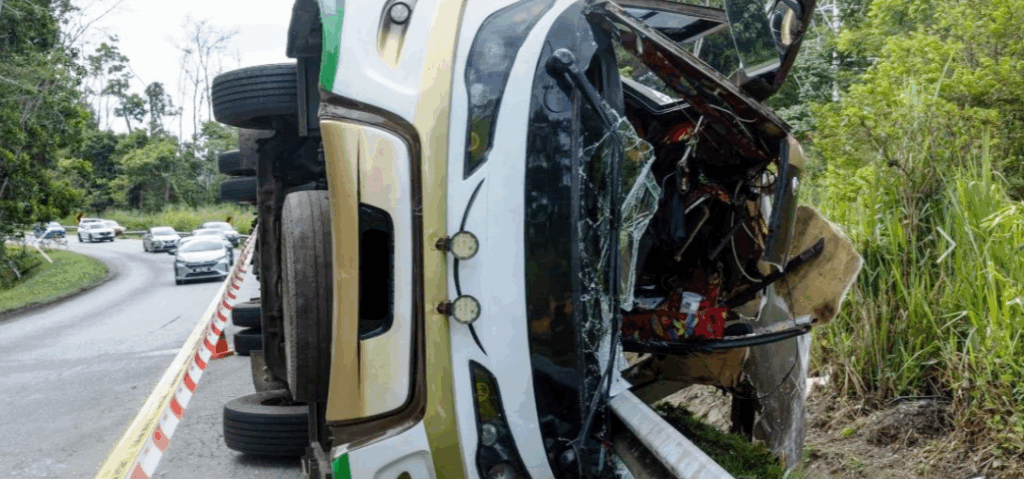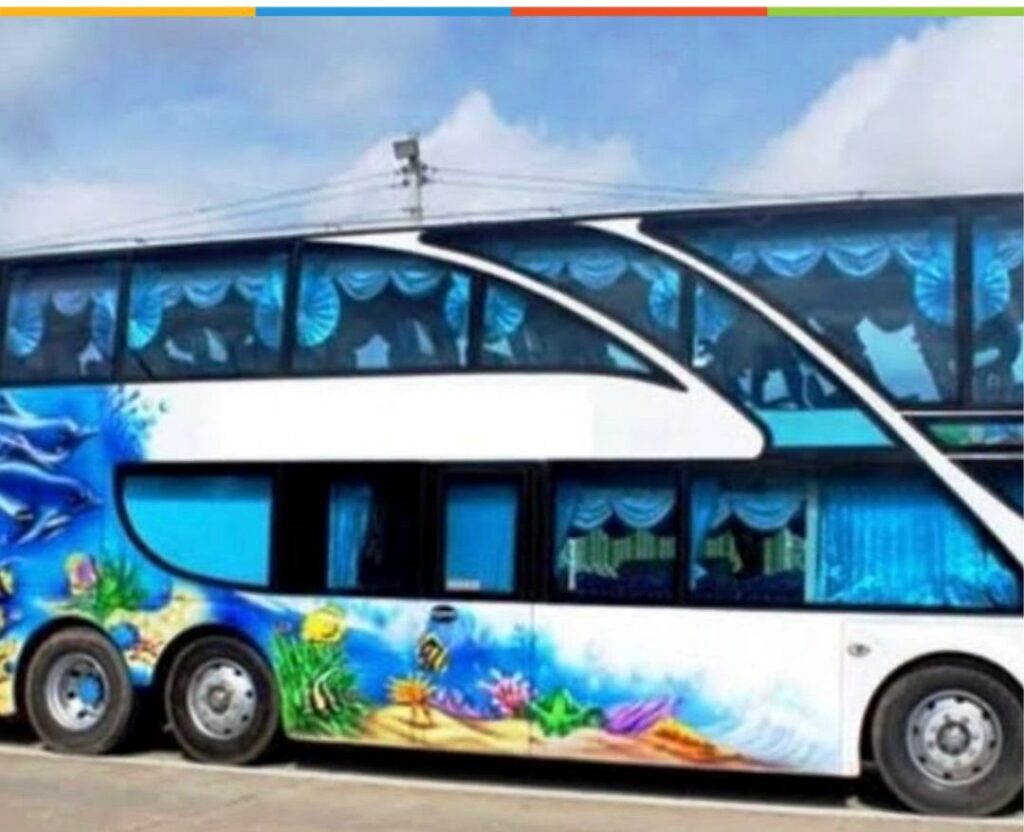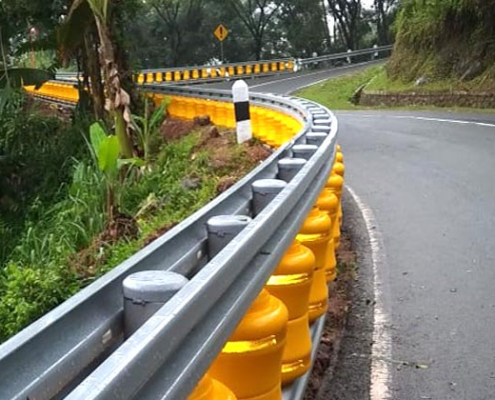
by Sam Trailerman
It was just past midnight on Monday, June 9, 2025, when the nation was jolted awake. The news was grim: 15 university students—bright, young, aspiring teachers from UPSI—had perished in a horrific crash on the East-West Highway. A university bus. A multi-purpose vehicle. One moment of impact. Fifteen futures erased.
Checks on the bus driver’s record were staggering: 13 prior speeding summonses, one accident-related offence, three violations for not wearing a seatbelt, and even a faulty brake light. How does someone with that record remain behind the wheel of a passenger bus?
This is why I avoid express buses, especially for long-distance travel. For all their affordability, they come tethered with risk. Poor punctuality, cramped comfort, questionable safety—it’s a web of recurring problems in a loop that never seems to break.
We’ve complained. I did, 10 years ago. My mother did, 20 years before me. And someone’s child will likely do the same 10 years from now. Why does nothing seem to change?
Beyond Shiny Bodies: The Hidden Flaws
Many express and tour buses today look pristine, with gleaming exteriors, sleek designs. But what about their internal condition? Are mechanical issues overlooked in favour of cosmetic fixes? If no physical flaws are visible, perhaps we should examine the human factors.
Drivers: Trained or Just Experienced?
In many developed nations, bus drivers are meticulously trained, licensed, and regularly assessed. Here, companies seem to rely mostly on experience. I’ve yet to see a company that provides specialised safety training. Isn’t that a red flag?
Here’s a thought to live by: “Better late and safe, than never at all.” In some countries, buses are prohibited from travelling at night. And it makes sense—night driving is statistically more dangerous. Why do we continue to risk it?
If risky behaviours—speeding, texting while driving, tailgating—persist, then so must strict penalties. Two drivers per long-distance bus should be non-negotiable. Fatigue kills. From Penang to Kuala Lumpur, or KL to Singapore, any trip exceeding 250 km should warrant a second driver, period.
The Double-Decker Dilemma

They look impressive, towering and spacious, but double-decker express buses are inherently less stable. Their high centre of gravity makes them more vulnerable on winding or hilly roads. Heavier base or not, it’s physics.
We need the Land Public Transport Commission and Commercial Vehicle Licensing Board to re-evaluate which routes are appropriate for these giants. Speed amplifies risk, and few drivers are properly educated on things like gravitational balance or emergency stopping distance.
Thinking Forward: Could Driverless Buses Be Safer?
Autonomous buses are no longer science fiction. Powered by sensors, GPS, and AI, they’re being piloted in other countries. But are Malaysians ready? Is our legal framework? More importantly, will safety or sentiment prevail?
When autonomous fleets roll out, local drivers may fear job loss. But we should ask ourselves—what should come first: livelihoods or lives?
Steel Traps or Safety Nets?
Our road barriers are made of steel. And steel, when it fails, turns deadly. Many crash victims were not just hurt, but impaled. It’s like watching a sardine can peel open.
Enter the rolling barrier system. Already in use abroad, these safety rollers absorb shock energy and convert it into rotational force, guiding vehicles back on course rather than stopping them dead.

They’re brightly coloured. They’re luminescent at night. And most importantly, they save lives. Why not install them?
Final Thought: It’s Time to Wake Up
We have the technology. We have the know-how. What we lack is the political will and enforcement. Blaming fate, or divine will, every time there’s carnage on our roads only stalls real reform.
Until then, I’ll stick to the KTM train. Because at least on our narrow-gauge tracks, the path ahead is clear and safe!
(The views expressed here are entirely those of the writer)
WE